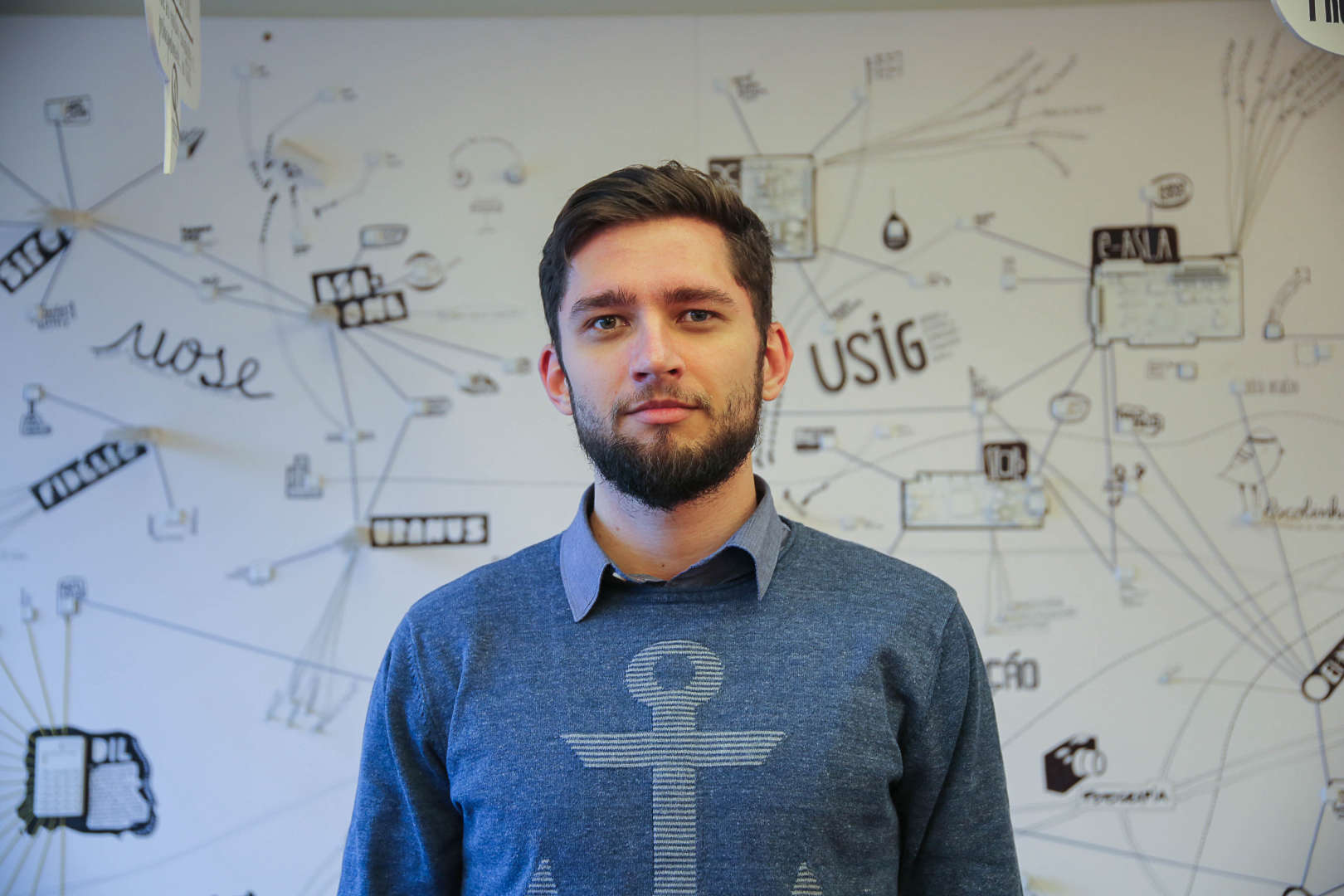About
I was born on April 13, 1994 in Starokostyantyniv, Ukraine. In 2004 I emigrated to Portugal where I live nowadays.
In 2015 I concluded my Bachelor’s degree in Electronics and Computers Engineering at Instituto Superior de Engenharia do Porto.
After that, I started the Master degree in Electrical Engineering, a branch of Autonomous Systems at Instituto Superior de Engenharia do Porto.
I am a researcher at INESCTEC since January 2018, working with Underwater Robotics System and Simulation, in particular in the UNEXMIN project.


